From waiting for a train or shopping for groceries, Italian illustrator and architect Nicola celebrates even the most mundane moments in his art. He uses Linearity Curve (formerly Vectornator) to render everyday scenes as colorful vector illustrations that look like a stills from a video game.
Nicola—who shares his work on his Instagram page, Flowing Comics—developed his distinct style from his love of pixel art and his professional experience as an architect. Nicola uses his knowledge in technical drawing to create minimalist illustrations with perfect perspective. But they aren’t just visually appealing—each intriguing image tells a story that invites the viewer’s own interruption.
Jumpstart your ideas with Linearity Curve
Take your designs to the next level.
When he’s not drawing characters in colorful urban environments, Nicola creates architecture-inspired vector art pieces and publishes them on his other account, @fffacades. With two separate projects running, Nicola is pretty busy, but luckily he was able to find some time to talk to us about his work.
We recently interviewed Nicola to find out more about his journey as an illustrator and his experience with Linearity Curve.

Interview with Nicola, aka Flowing Comics
How long have you been illustrating and what first drew you to the artform?
I have always had a passion for drawing but I have never deepened it; limiting myself to doing a lot of sketches without finalizing the works. However, for my work as an architect, I have learned technical drawing, 3D modeling, rendering, and post production. I therefore produced a lot of professional images for years, although at a certain point in my career I diminished this aspect of the profession. A few years ago, I started creating minimalist graphics related to architecture (@fffacades) and this was the first step towards illustration that was unrelated to the need to represent an architectural project. Fffacades is a project that has a relatively abstract definition, so at some point I also tried to do more descriptive drawings and that is how I started @flowingcomics.
Are you self-taught or did you learn in school?
Definitely self-taught! I went to classical high school spending five years scribbling in notebooks pretending to take notes, then at university I learned only technical drawing.
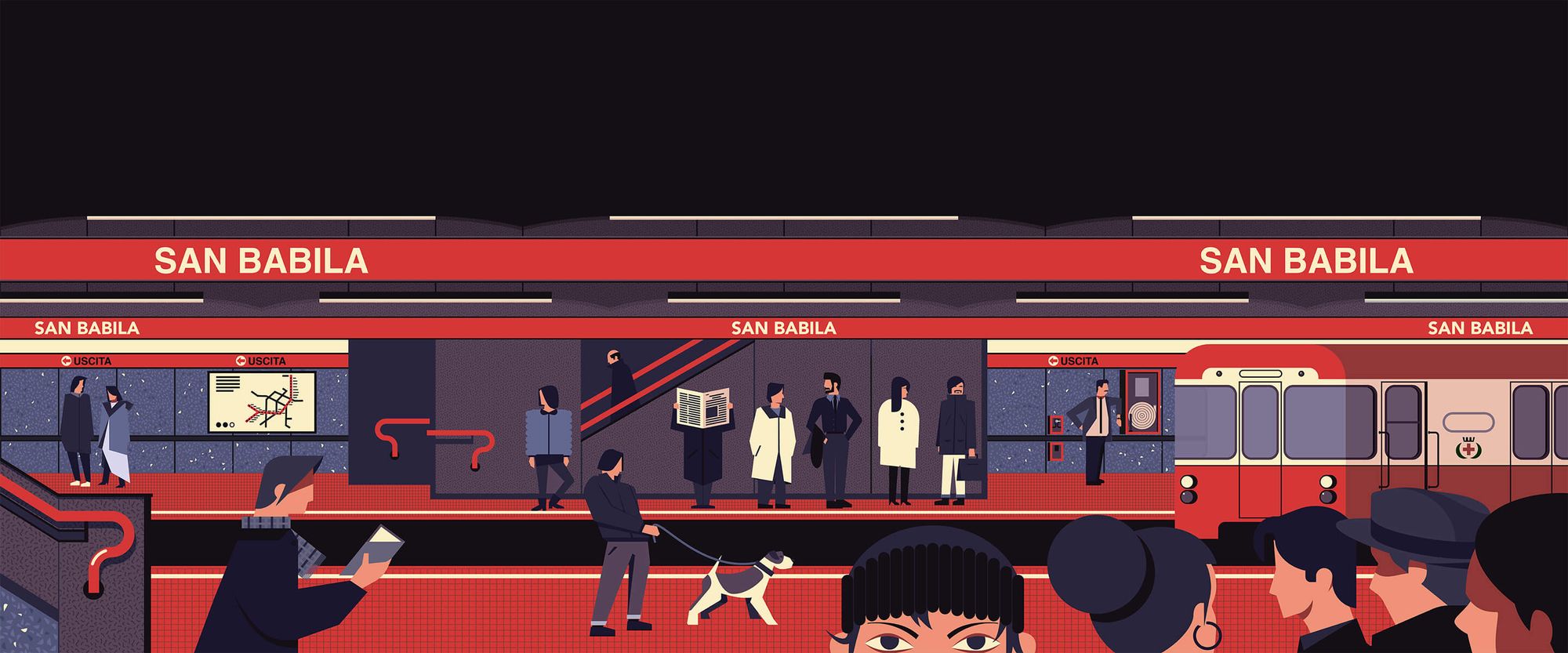
Have you always created your work in vectors? Or are you also a fan of raster graphics?
For architectural images I have always worked in raster. The vector world has always fascinated me but for years I did not have the strength to break down the barrier to start learning vector drawing software, also because I was already using a lot of software and was more focused on 3d modeling and rendering.
The first works of both Fffacades and then Flowing Comics were strictly in pixel art. I started out this way both to be more familiar with the medium and to pay homage to the world of retrogaming of which I am a fan.
Unleash Your Creative Potential in Design
Discover the endless possibilities of illustration in design. Learn how our tools can help you create stunning, unique designs effortlessly.
However, at a certain point I found this style limiting compared to the ideas I had in my head, and this is where Linearity Curve came in. That barrier that separated me from learning how to use vector software quickly collapsed, I immediately felt at ease with the dynamics of the software and in a short time I realized I had learned (almost) everything I needed.
I can now say that I have very good skills in using vector programs, but the naturalness of Linearity Curve's workflow is unbeatable.
I think it is a great software to start with for all those who, like me, have never taken the first step into the vector world, scared of having to start from scratch.
At the same time, I am pleased to note that the development of Linearity Curve is progressing fast with more and more options, so that even for an experienced user it is an outstanding and professional solution. The only minus: I come from the Windows world, so for now I only enjoy it on the iPad!
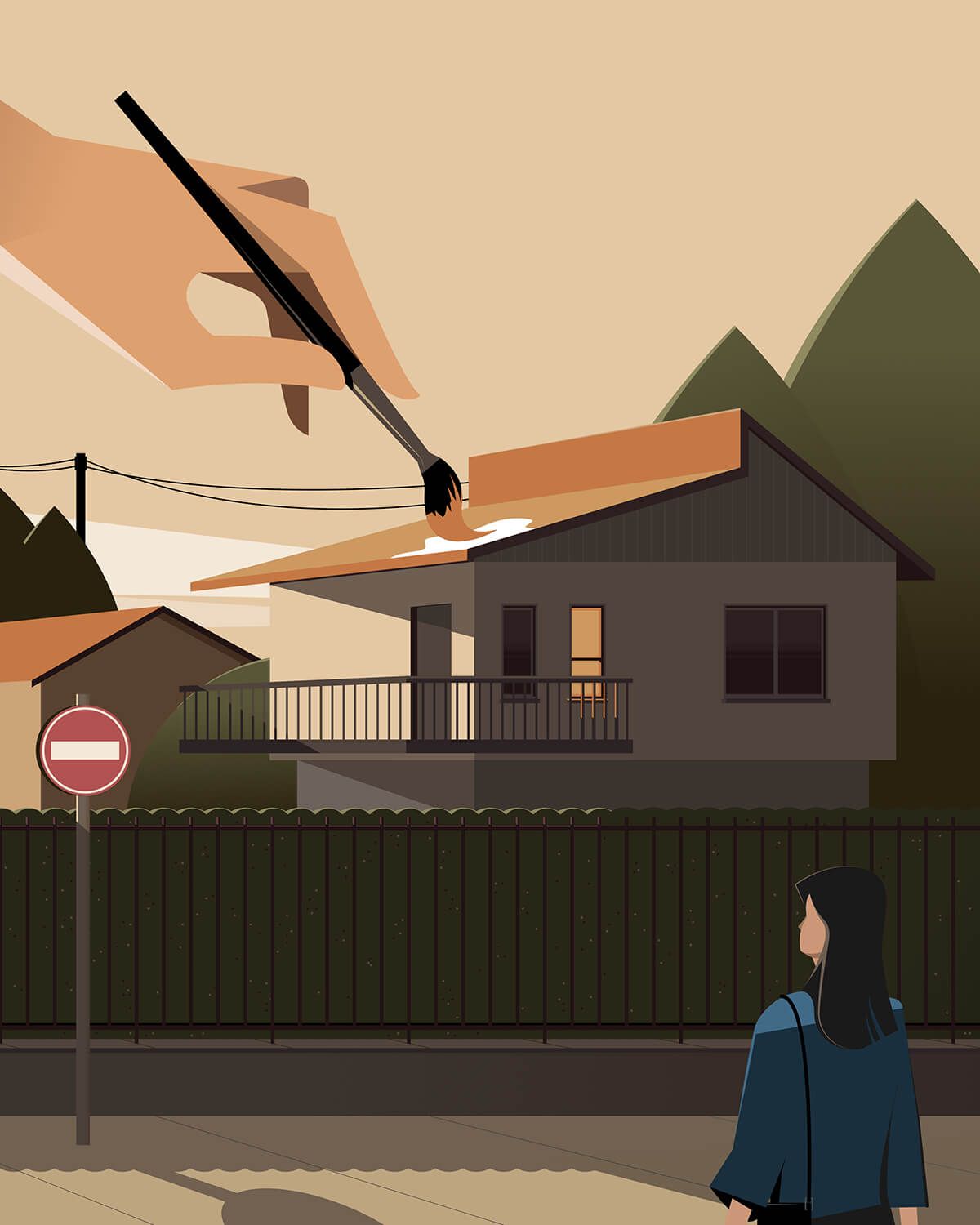
Do you have a favorite Linearity Curve tool?
I find Linearity Curve to be exceptional in terms of UX/UI; it offers a workflow that allows the management and control of a lot of information with precision but without sacrificing simplicity, even on a relatively small screen like that of my iPad Air. For example, I really like the node management system, and I also really appreciated the recent introduction of the Shape Builder Tool.
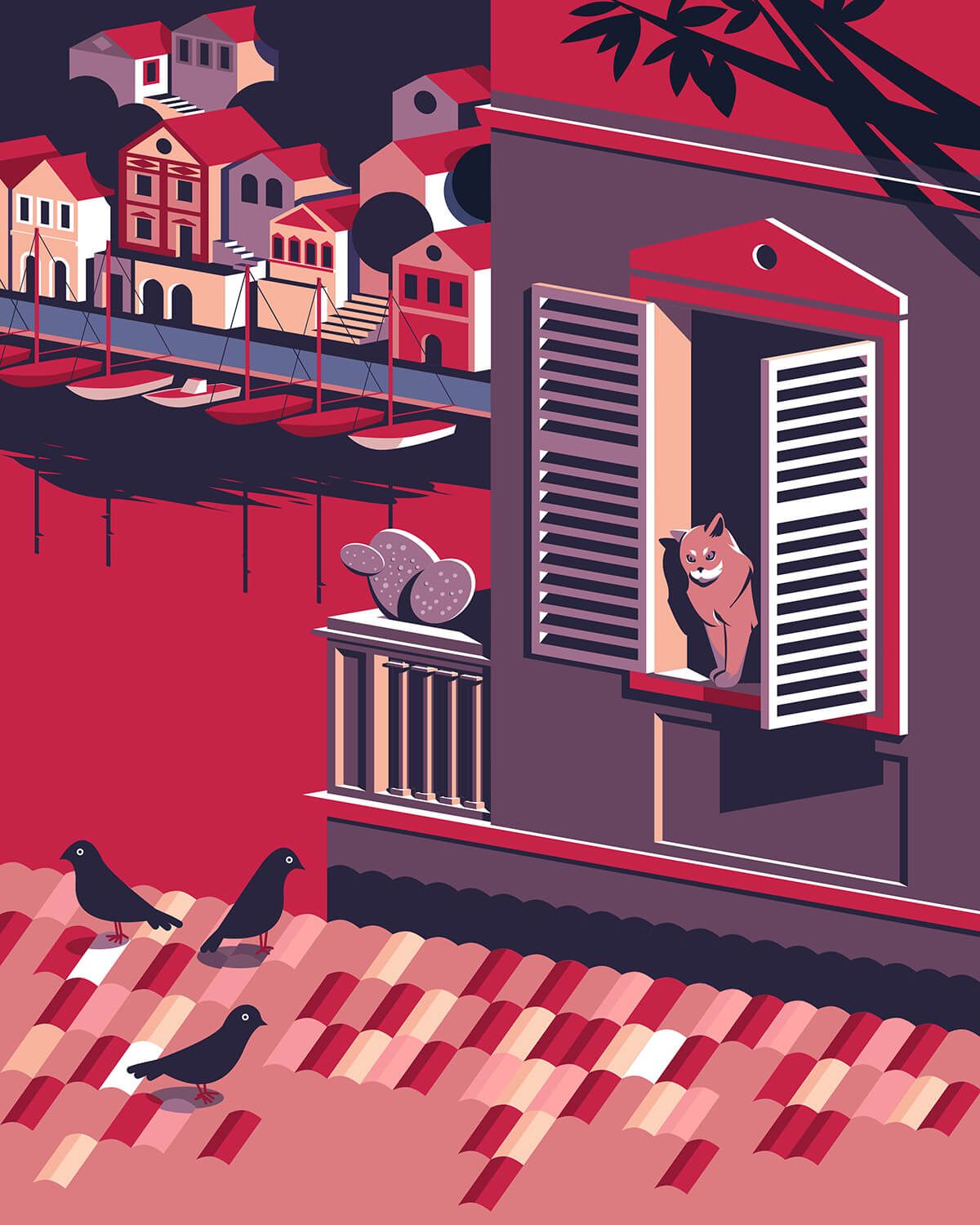
Can you tell us a bit about your process of creating an illustration in Linearity Curve?
About my process it is very simple to explain: I start with some ideas that I sometimes sketch by hand in a very rough way or even directly in Linearity Curve. The first step is to define the proportions between the elements using the classic rules on diagonals and division of the area into thirds, then I start drawing by roughing out the shapes and from there gradually adding details and rebalancing the composition. I usually proceed by working in greyscale and then coloring at the end, either directly in Linearity Curve or in raster programs.
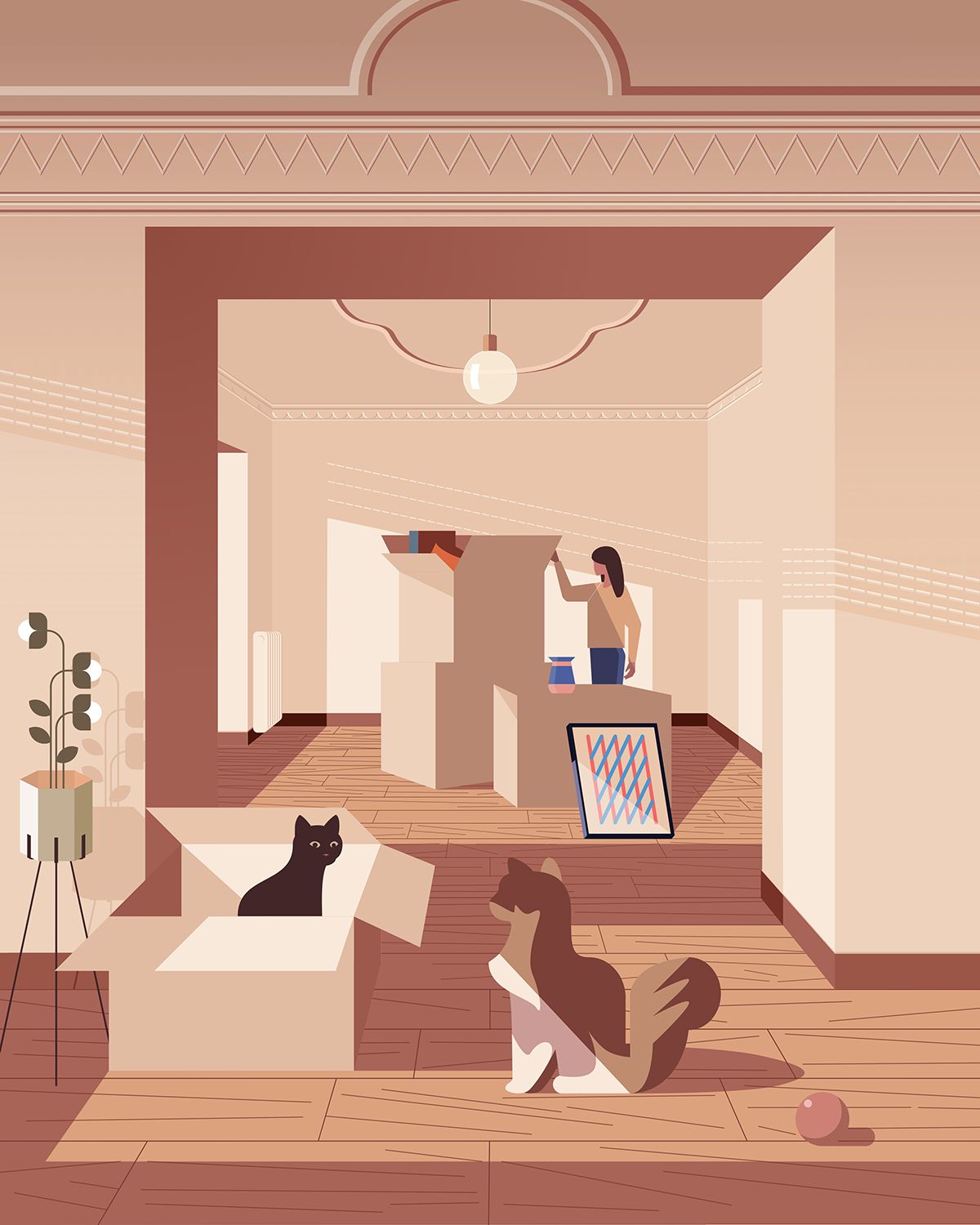
Your work is obviously influenced by comics. Are you a fan of the classics?
A big fan! When I was younger I was a Voracious and Omnivorous collector, nowadays I mostly buy graphic novels or selected works.
I have a lot of authors I admire but whose drawing hasn't influenced me, simply because they do something I really like but it's not in the same direction as I can express myself. And then of course there are comic book authors with a mark closer to my world, although in their case completely analogue, such as Chris Ware and Nick Drnaso. Moreover, the original work I started flowingcomics with did not include single illustrations but only illustrated stories with a horizontal development, like a scroll, and this was also an homage to the form of the comic strip (like Peanuts or Calvin & Hobbes) and the scrolling of old video games.

Do your visual stories come from your real-world experiences, or are they from your imagination? (or a mix)
Ready to create brand assets that pack a punch?
Visit our Academy for free marketing design courses.
For the first stories that unfolded horizontally the main input for the subjects came from train journeys and my fascination with the landscapes I saw flowing out of the window. The micro narratives that accompany the unfolding of the scenes practically all have references to real events or places, which I then reinterpret and mix together, adding elements of pure fantasy. Even the individual illustrations often start from the observation of the landscape around me, to which I then add narrative and fictional elements, in some cases even surreal ones.
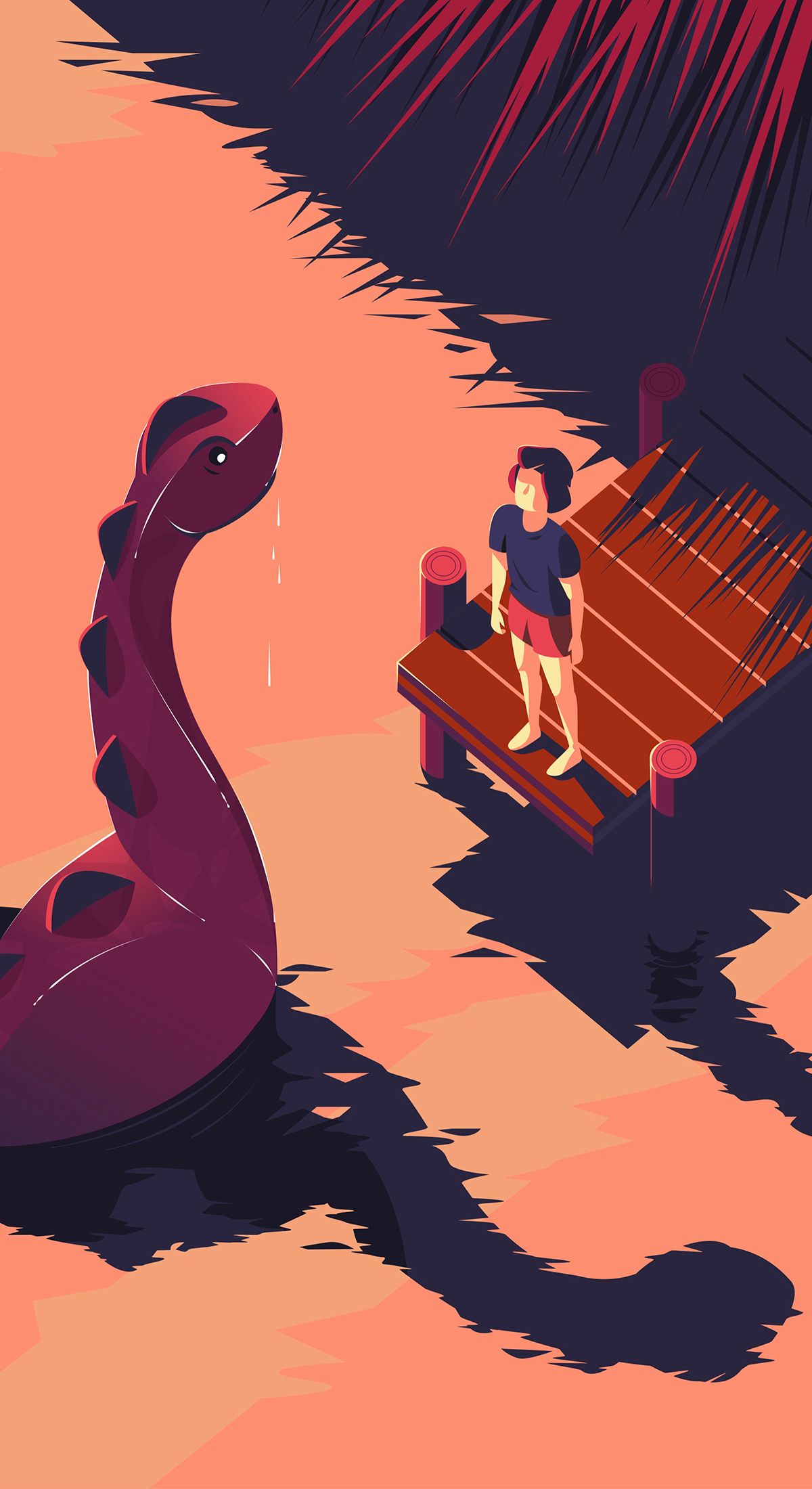
Many of your illustrations capture solo characters going about their day. What do you like about these simple moments of solitude?
Yes, solitude is certainly a recurring element in my illustrations, but very often I don't mean it with a negative connotation, but rather as an opportunity to reflect and admire what surrounds us.
I started drawing these kinds of subjects when I traveled a lot by train for work, often observing those suburban landscapes where the beauty of nature and the anonymity of infrastructure and industrial areas coexist.
Observing this contrast gave me the desire to somehow depict the hidden beauty even in what is apparently not beautiful. This is a process that in my opinion requires a form of mental abstraction and for this reason it is easier to find in solitude. I then tried to extend this concept to different aspects of everyday life in the individual illustrations, where I try to describe simple, even banal events, but which hide a beauty of their own.
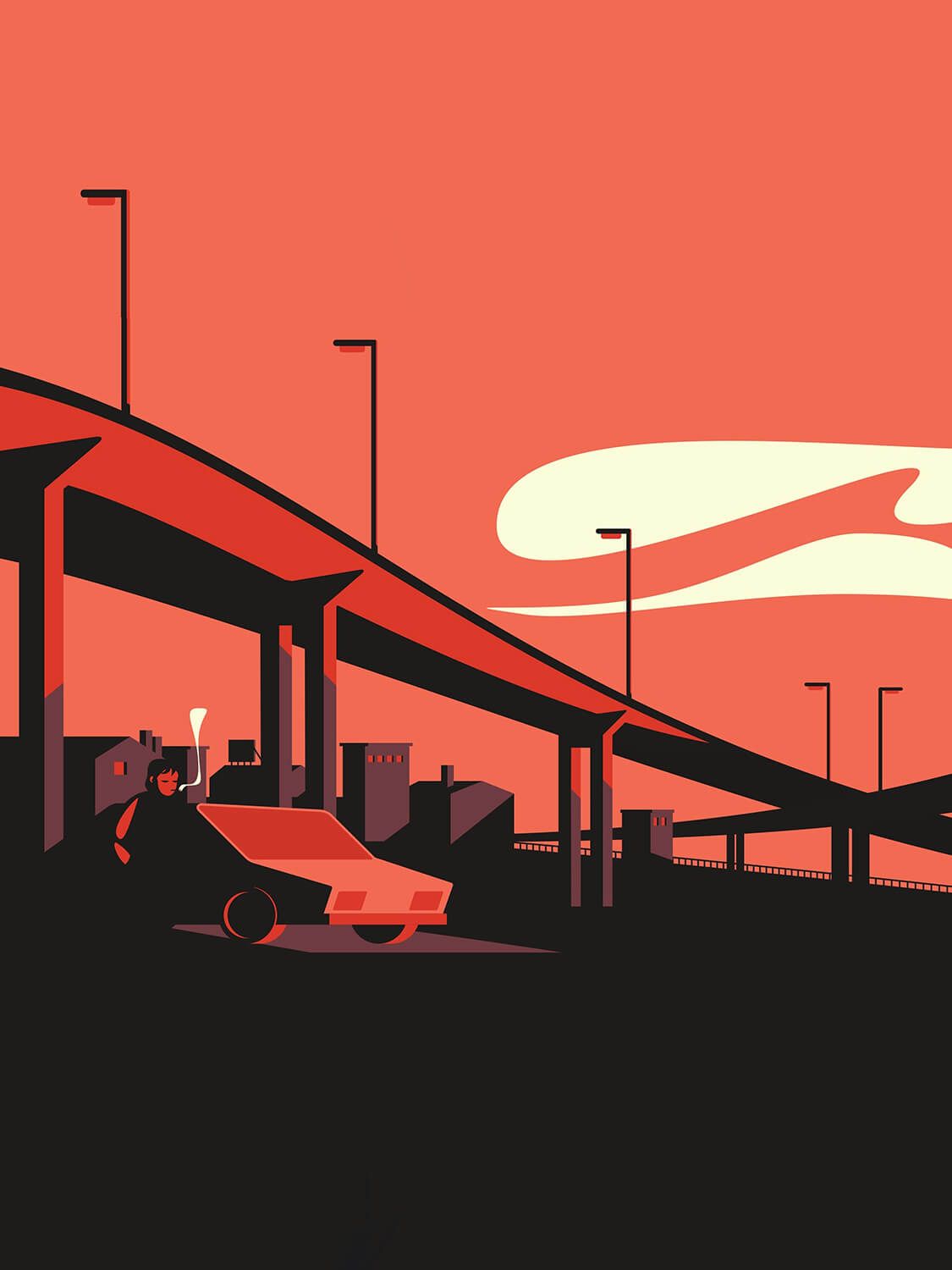
Thank you, Nicola!
Check out out of Nicola’s work on Instagram.
And if you’re feeling inspired to try drawing your own narrative illustrations, get the latest version of Linearity Curve and give it a try.
Jumpstart your ideas with Linearity Curve
Take your designs to the next level.
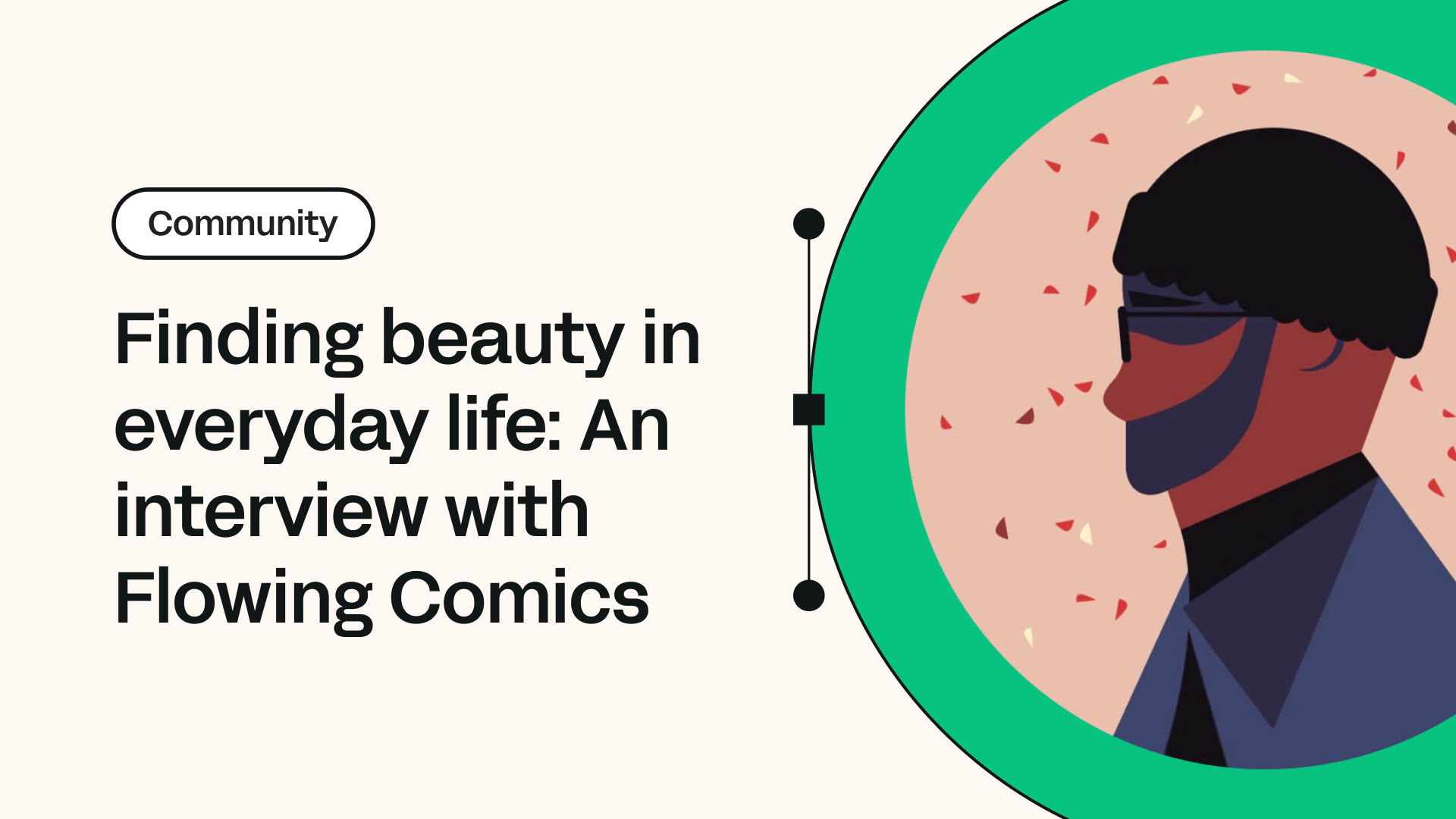

Share this!
Emma Taggart
Emma is a Content Writer for Linearity in Berlin. Her hobbies include making ceramics, roller skating, drawing, and 2D animation.
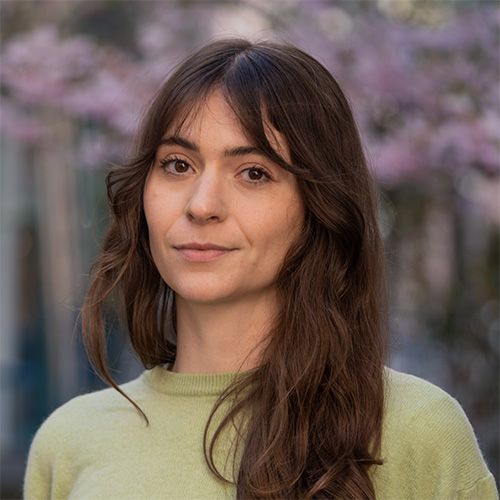

:quality(75))
:quality(75))



:quality(75))

:quality(75))
:quality(75))



